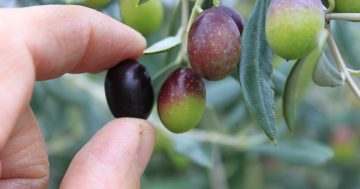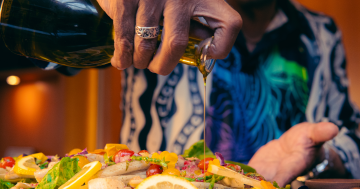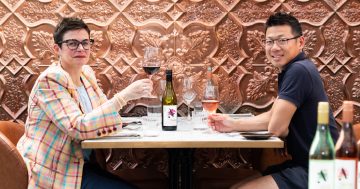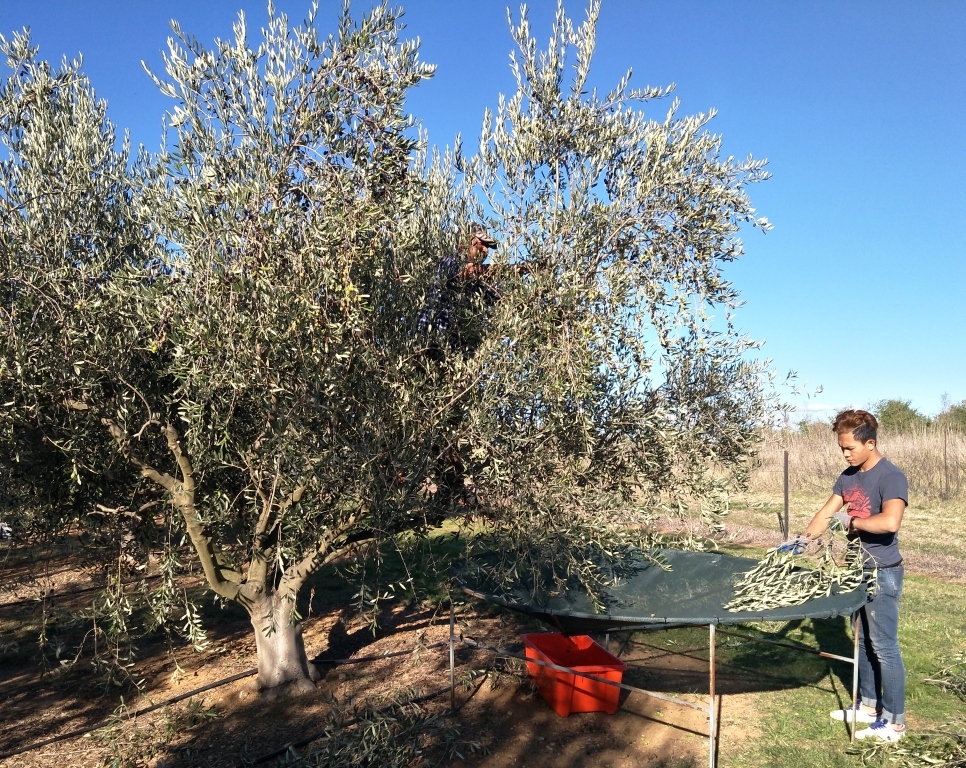
Recently I was presented with a menu that offered bread served with EVOO. My companion immediately queried this acronym. I hesitated and then realised it is, of course, the ‘now’ term for extra virgin olive oil. I have always been a bit of an olive oil snob, but in recent weeks I have found out a bit more about olive oil and in particular the excellent extra virgin olive oil being produced in our immediate region. More importantly, I have come to realise I may have been somewhat misguided: price does not actually equal quality, and expensive imported olive oil may not be what it says it is.
The internet has been abuzz with stories of various types of food related fraud in recent years. These frauds have included ice cream flavouring and mislabelled wine. Now a new villain has emerged – ‘fake’extra virgin olive oil. In an effort to discover a bit more about how to avoid purchasing oil that may not, in fact, be ‘extra’ anything, but just blended, or worse, old and rancid, I sought out a couple of local experts. Olive oil farms or groves had a comeback in the late 1990’s, and now we regularly pass them on the road between Canberra and Sydney, as well as scattered through nearby rural areas. There is even one almost in the centre of Canberra!
Michael Thomsett, Chief Horticulturalist at the beautiful Pialligo Estate has over ten year’s experience in the olive oil industry. Pialligo currently has nearly 400 mature Correggiola olive trees, along with extensive market gardens and the vineyard. Pialligo has been producing olive oil of consistent quality and flavour since 2012 and the small grove will soon be expanded to meet local demand for Pialligo’s olives and olive oil. While the many who love Pialligo Estate bacon woke up one morning in August 2016 to the news this delicious bacon was going to be off the menu for some months because of a fire. Many did not realize the fire also took the entire 2016 harvest of oil and olives with it as well. Avoiding an obvious gap in their gourmet repertoire, Pialligo Estate teamed up with Alto Olive Oil near Crookwell and have kept chefs and diners happy with a good supply of olive oil and delicious tangy marinated olives. I visited last week to see for myself the 20-year-old trees covered in olives and watch expert hands picking the fruit. I queried the hand-picking, and discovered that the trees in the original grove, planted nearly 20 years ago, are planted a bit too close together to use the modern method of mechanical ‘shaking’.
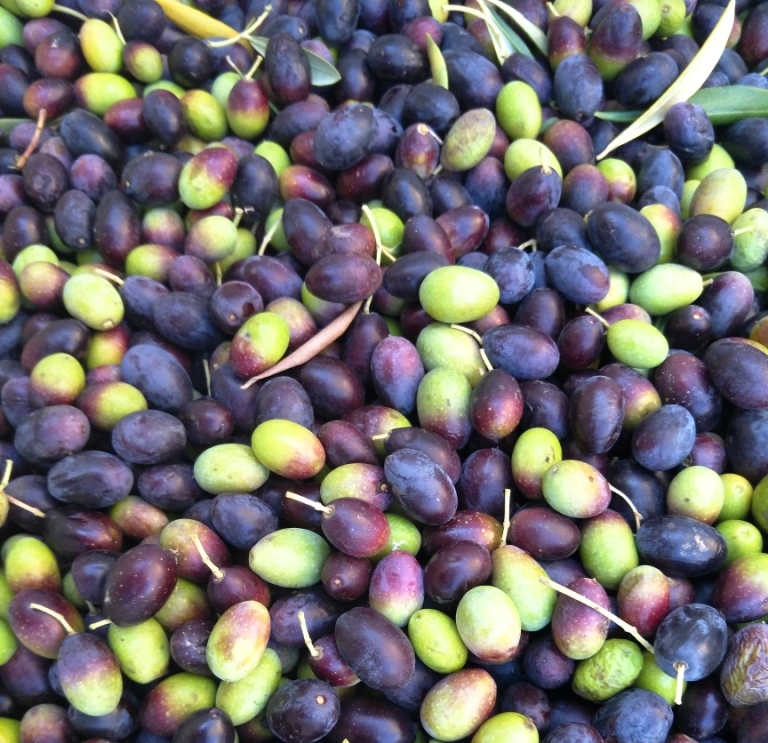
Learning the olives were destined for the crushing facility at Fedra Olive Grove, 40 minutes north of Canberra on the Federal Highway, I called in there later to see the next stage of the process. There Jeff Konstantinou explained that Fedra not only has a large number of trees but also has a state-of-the-art crushing facility. I discovered Jeff’s mild, indeed soft blend of olive oil a couple of years ago, and am a firm fan of the award-winning “Jeff’s blend”. Fedra’s has a variety of olives including the Greek variety of Volos and Kalamata and the Spanish variety of Manzanilla. As well as the extraordinary achievement of being named Australian Olive Grove of the Year in 2009, just eight years after the grove was planted, Fedra olive oil consistently wins awards, including three Silver Medals and a Bronze in 2016. Jeff’s vision is to acquire land nearby and plant more olive trees so he can produce more oil so he can supply the fast increasing export market.

Many Canberrans love popping in for lunch or afternoon tea to Fedra’s homely Grandma’s Bakery which also has a terrace with spectacular rural views, good coffee, fresh baked bread and a terrific providore with the full range of Fedra Olive Grove goodies.
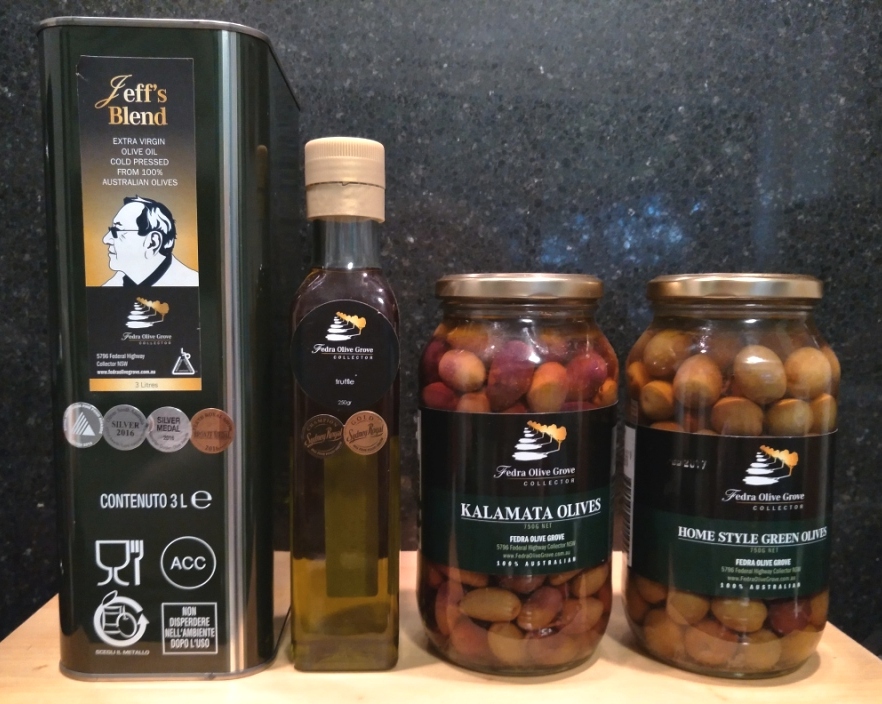
I arrived to find the crushing facility was in full swing. An anxious olive grower from outside Cooma had delivered her olives that morning and was waiting for them to go through the olive crusher. Outside were nine very large vats, each containing 500 kilos of ripe, mostly green olives, perfect for producing a robust early pick extra virgin olive oil.

Inside there was a minor drama as the gleaming Italian-made Barigelli crushing facility came to a temporary halt.

After some gentle coaxing, the multi-functional washer, crusher, separator, filtration and blending machine was back in action, and I was able to taste the early harvest oil, fresh, green, and warm from the machine. This will shortly be available as Fedra’s ‘first picking’EVOO. Pialligo also bottles their early harvest as “Novello” oil and this will be available in limited quantities at Pialligo Estate. Described as robust and peppery, this lovely intense green early harvest oil makes a terrific accompaniment to all sorts of vegetable and pasta dishes. As the olives ripen and darken, the flavour of the oil becomes softer and a less intense green. The controlled harvest also means the different oils have a consistent taste and pungency.
Visiting Fedra last week to watch the olives being picked – actually ‘shaken’ – and then conveyed the crushing shed, I realised the amount of energy, commitment, and vision that is being invested in by Jeff Konstantinou, Pialligo Estate and other medium and small-sized producers in our region. It is important, next time you head out to stock up on olive oil, to consider a few things. If we buy local, we support the growers and the people who work for them and the local economy If we buy Australian, we are supporting the economy in general. Australian olive oil may be a bit more expensive but this has a lot to do with the labor intensive nature of the industry. If we succumb to buying imported olive oil, we need to be sure of a few things. If the harvest date is absent from the label, the first thing to query is freshness. Unlike wine, olive oil does not improve with age. Another thing to consider is whether or not the oil has been blended? Any oil that isn’t EVOO and describes itself as ‘lite’ or ‘light’ is blended and probably has chemicals added. If the oil is in a light-coloured glass bottle, the freshness of the oil may be compromised by exposure to light.
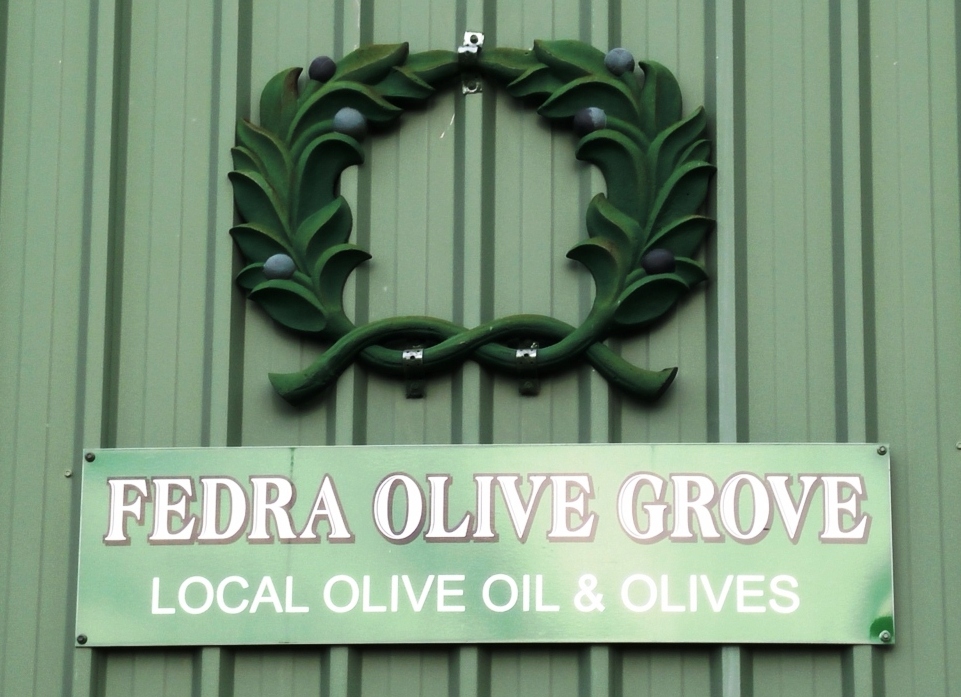
So how do we avoid buying oil that has a dubious provenance? The obvious solution is to buy local or Australian olive oil. The one thing you can be sure of is that you are buying the freshest and the best. Fedra, Pialligo, Alto, and Homeleigh are probably the best known in our region. They are all accredited as members of the Australian Olive Oil Association. Their bottles bear the harvest date and use-by date as well as the Australian extra virgin olive oil logo, which means they abide by the Association’s code of practice. The code covers many things including the age of olives that are classified as ‘virgin’, pressing conditions and storage. The oils produced locally are all readily available in Canberra, including Pialligo and Fedra as well as many IGA supermarkets, specialist grocers at Belconnen and Fyshwick markets, local Farmers Markets and quality food stores.
Why do I think EVOO is so an important part of my pantry and my diet? Notwithstanding the taste, cool climate olive oil has high levels of polyphenols. This is one of those magical things that appears high on the list of antioxidants. Personally, I have already come to the conclusion the best way to avoid ‘fake’ olive oil or just bad olive oil, is to buy local.
Want to know more about the growing of olives and olive oil production in Australia? Visit the excellent Australian Olives Association website here.
All photos supplied by Maryann Mussared
